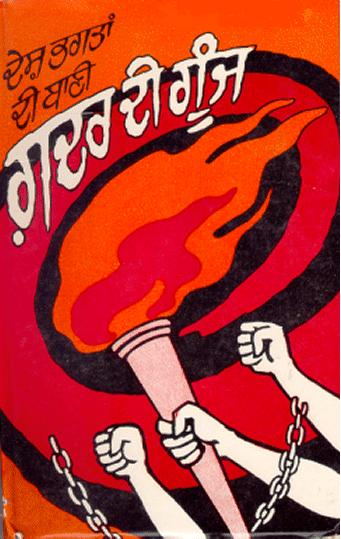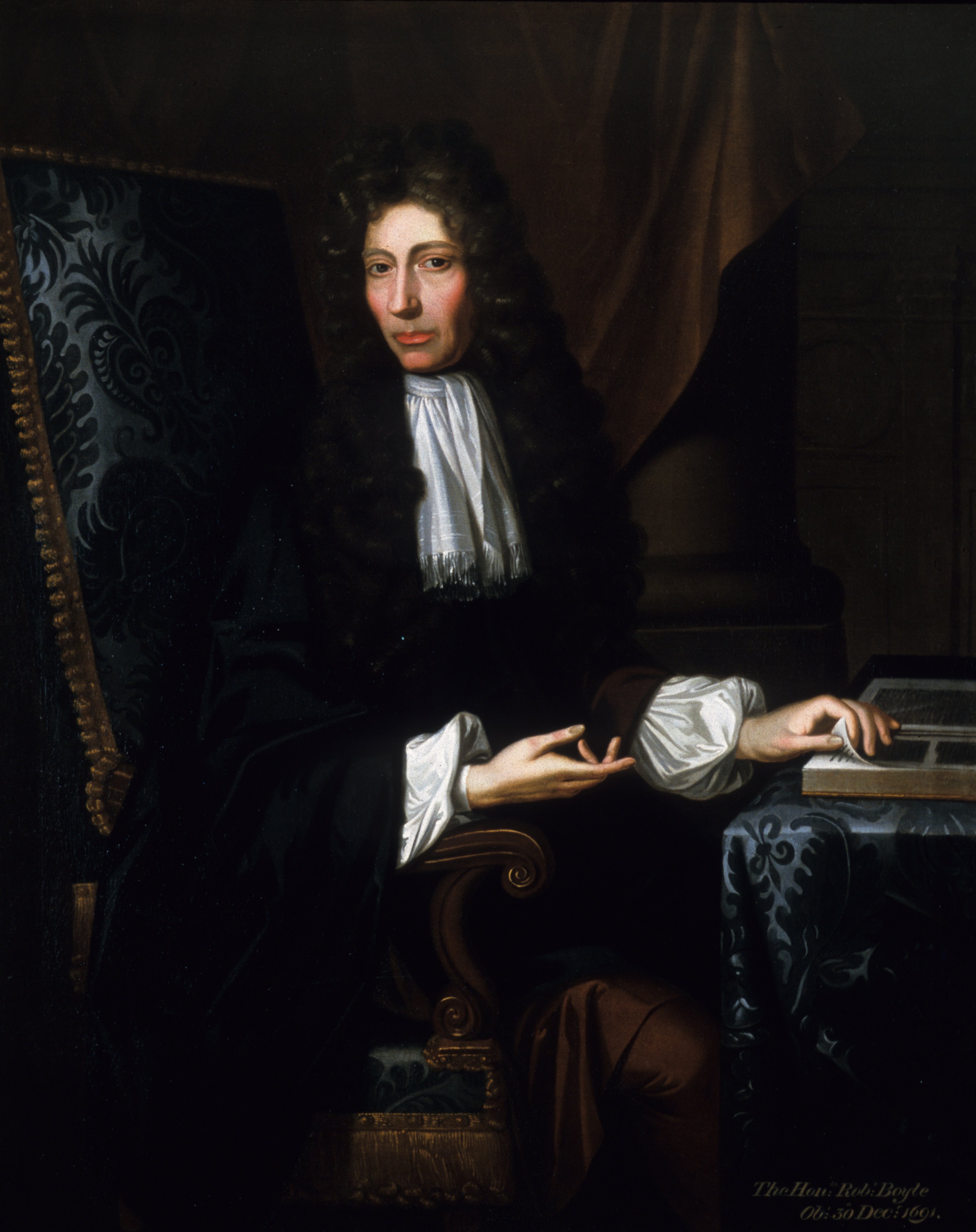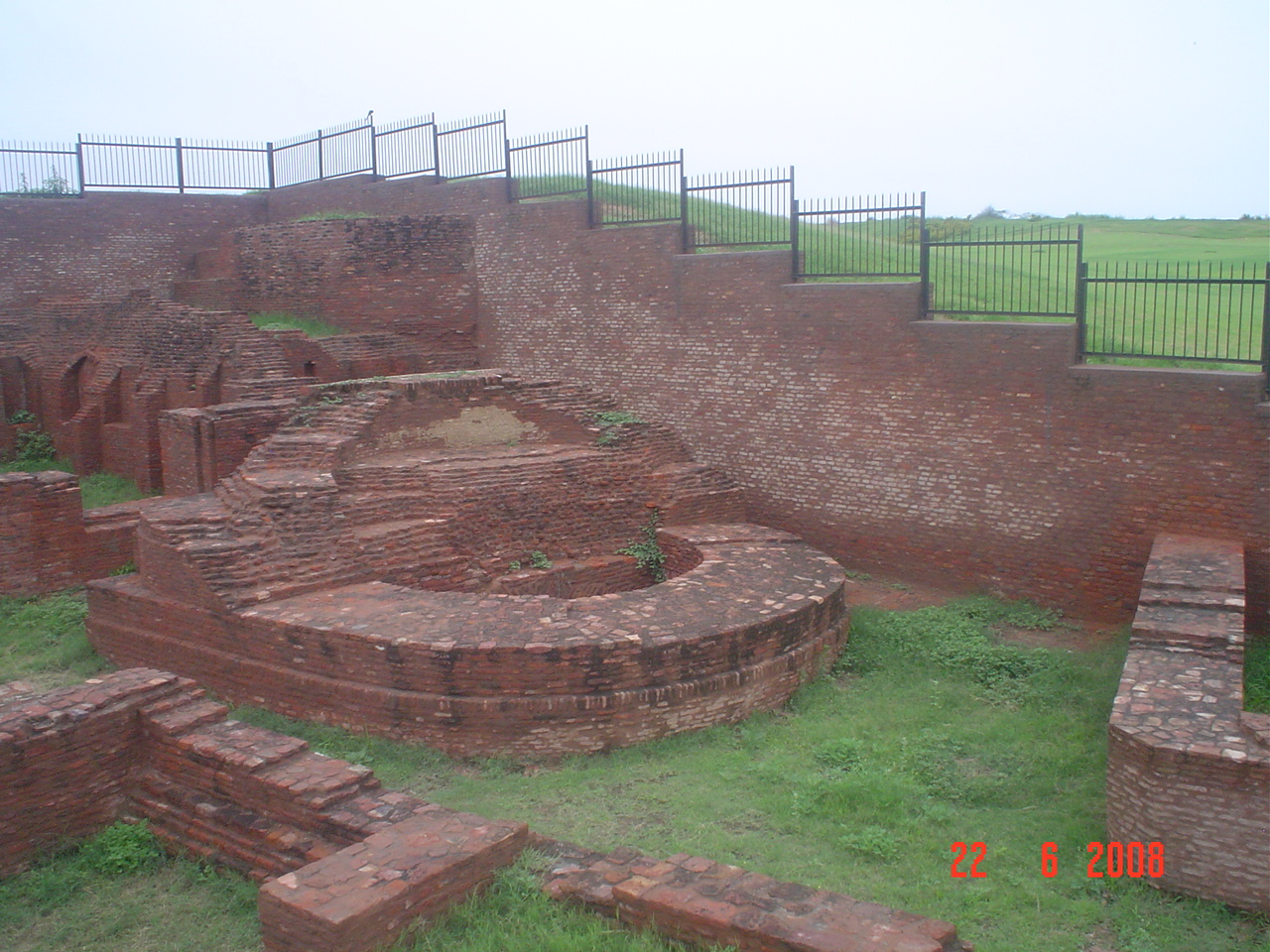|
Saini
Saini () is a farming and landowning caste of northern India. The community is given reservation in India, representation in government jobs and educational institutes as an Other Backward Class (OBC) in the states of Uttar Pradesh, Punjab (India), Punjab, Haryana, Rajasthan and Madhya Pradesh. Sainis, like other farming castes such as the Jats, play a dominant role in shaping the social and cultural life of rural villages in Punjab. Their size, farming and political visibility, strengthens their position in local society. As both a statutory agricultural tribe and a designated martial race during the British Raj era that followed the Indian Rebellion of 1857, Sainis had been chiefly engaged in both agriculture and military service. Since the independence of India, they have diversified into White-collar worker, white-collar professions. History Mythology The Sainis of Jalandhar and Hoshiarpur districts claim to be the descendants of kings of the Yaduvanshi or Surasena lineag ... [...More Info...] [...Related Items...] OR: [Wikipedia] [Google] [Baidu] |
Harnam Singh Saini
Harnam Singh Saini (died March 16, 1917) was a notable Revolutionary movement for Indian independence, Indian revolutionary who participated in the Ghadar Conspiracy and was hanged by British colonial government on 16 March 1917 in Lahore for instigating revolt against the empire. He was tried in the third Lahore Conspiracy Case trial.''"..the second martyr of march 16 was Harnam Singh Saini of Fatehgarh, Hoshiarpur. He was arrested from Battavia by the Dutch."'' A day to remember Lahore's martyrs, 16 Mar 2002, KS Dhaliwal, Time of Indi/ref>Punjab Peasant in Freedom Struggle (Volume II), pp 71-72, Master Hari Singh, Published by People's Pub. House, 1984 Background Harnam Singh Saini was the son of Gopal Saini. He was a resident of village Fatehgarh in district Hoshiarpur.An account of the Ghadr conspiracy, 1913-1915, pp i , pp 161, F C Isemonger; J Slattery ,Publisher: Meerut : Archana Publ., 1998. Involvement in the Ghadar conspiracy Harnam Singh visited Canada and th ... [...More Info...] [...Related Items...] OR: [Wikipedia] [Google] [Baidu] |
Gurdan Saini
Gurdan Saini (also known as Gurdas Saini) was a Rajput military general who died in the battle of Jhain between the forces of Jalal ud din Firuz Khalji and the Chahamana forces of Hammiradeva in the 13th century CE. Career According to Kishori Lal, "Saini was a great general and had led several expeditions into the country of Malwa and Gujarat." He was killed in battle. The historians Henry Miers Elliot and John Dowson cite ''Miftah al-Futuh'', a work by Amir Khusro Abu'l Hasan Yamīn ud-Dīn Khusrau (1253 – 1325 AD), better known as Amīr Khusrau, sometimes spelled as, Amir Khusrow or Amir Khusro, was an Indo-Persian culture, Indo-Persian Sufi singer, musician, poet and scholar, who lived during the per ..., who describes Gurdan Saini in the Rajput army of Rana Hamir: References {{DEFAULTSORT:Gurdan Saini 14th-century Indian people 14th-century soldiers ... [...More Info...] [...Related Items...] OR: [Wikipedia] [Google] [Baidu] |
Kushwaha
Kushwaha (sometimes Kushvaha), is a community of the Indo-Gangetic Plain that has traditionally been involved in agriculture, including beekeeping. The term has been used to represent different sub-castes of the Kachhis, Kachhvahas, Koeris and Muraos. The Kushwaha had worshipped Shiva and Shakta, but beginning in the 20th century, they claim descent from the Suryavansh (Solar) dynasty via Kusha, one of the twin sons of Rama and Sita. At present, it is a broad community formed by coming together of several caste groups with similar occupational backgrounds and socio-economic status, who, over the time, started inter-marrying among themselves and created all India caste network for caste solidarity. The communities which merged into this caste cluster includes Kachhi, Kachhwaha, Kushwaha, Mali, Marrar, Saini, Sonkar, Murai, Shakya, Maurya, Koeri and Panara. Origin Before the 20th century CE, branches that form the Kushwaha community – the Kachhis, Koeris, and Mur ... [...More Info...] [...Related Items...] OR: [Wikipedia] [Google] [Baidu] |
Scientific Racism
Scientific racism, sometimes termed biological racism, is the pseudoscience, pseudoscientific belief that the Human, human species is divided into biologically distinct taxa called "race (human categorization), races", and that empirical evidence exists to support or justify racial discrimination, racial inferiority, or racial superiority.. "Few tragedies can be more extensive than the stunting of life, few injustices deeper than the denial of an opportunity to strive or even to hope, by a limit imposed from without, but falsely identified as lying within". Before the mid-20th century, scientific racism was accepted throughout the scientific community, but it is no longer considered scientific. The division of humankind into biologically separate groups, along with the assignment of particular physical and mental characteristics to these groups through constructing and applying corresponding Scientific modelling, explanatory models, is referred to as racialism, racial realism ... [...More Info...] [...Related Items...] OR: [Wikipedia] [Google] [Baidu] |
Joginder Singh (soldier)
Subedar Joginder Singh, Param Vir Chakra, PVC (26 September 1921 – 23 October 1962), was an Indian soldier and posthumous recipient of India's highest military award, the Param Vir Chakra. Singh joined the British Indian Army in 1936 and served in the 1st battalion of the Sikh Regiment. During the 1962 Sino-Indian War, he was commanding a platoon at the Bum La Pass in the North-East Frontier Agency. Though heavily outnumbered, he bravely led his troops against a Chinese assault and defended his post until he was wounded and captured. Singh died from his injuries while in Chinese custody. He single-handedly killed more than 50 Chinese soldiers, and became a war hero within the Indian Armed Forces. Early life Joginder Singh was born on 26 September 1921 in Mahla Kalan, Moga district, Punjab Province (British India), Punjab, British Raj, British India. He spent his childhood in the same village. His father Sher Singh Sahnan belonged to an agricultural Saini Sikh family which h ... [...More Info...] [...Related Items...] OR: [Wikipedia] [Google] [Baidu] |
Haryana
Haryana () is a States and union territories of India, state located in the northern part of India. It was carved out after the linguistic reorganisation of Punjab, India, Punjab on 1 November 1966. It is ranked 21st in terms of area, with less than 1.4% () of India's land area. The state capital is Chandigarh, which it shares with the neighbouring state of Punjab; the most populous city is Faridabad, a part of the National Capital Region (India), National Capital Region. The city of Gurgaon is among India's largest financial and technology hubs. Haryana has Divisions of Haryana, administrative divisions, List of districts of Haryana, districts, 72 sub-divisions, 93 tehsil, revenue tehsils, 50 sub-tehsils, 140 Community development block in India, community development blocks, 154 List of cities in Haryana by population, cities and towns, 7,356 villages, and 6,222 Gram panchayat, villages panchayats. Haryana contains 32 special economic zones (SEZs), mainly located within the ... [...More Info...] [...Related Items...] OR: [Wikipedia] [Google] [Baidu] |
Shakya (surname)
Shakya is an Indian surname and is part of the broader Kushwaha community surnames like Maurya, Kachhi, Saini, Koeri etc, who collectively assert descent from Kusha, a son of the avatar of Vishnu, Rama. Shakya surname in Nepal In Nepal, Shakyas function as Vajrayana priests and are ranked higher in the caste hierarchy among Newari community since they are believed to be the descendants of Gautam Buddha himself. Notable people Notable people with this surname, who may or may not be associated with the caste/clan are: * Alok Kumar Shakya, former member of Uttar Pradesh Legislative Assembly from Bhongaon Assembly constituency. * Bhagwan Singh Shakya, former minister of State in Government of Uttar Pradesh. * Daya Ram Shakya, former Member of Indian Parliament from Farrukhabad Lok Sabha constituency. * Devesh Shakya, member of Indian parliament, Lok Sabha from Etah Lok Sabha constituency * Geeta Shakya, Member of Indian Parliament (Rajya Sabha) from Uttar Pradesh. * Gore Lal ... [...More Info...] [...Related Items...] OR: [Wikipedia] [Google] [Baidu] |
Koeri
The Koeri (spelt as Koiry or Koiri), also referred to as Kushwaha and more recently self-described as Maurya in several parts of northern India are an Indian non-elite caste, found largely in Bihar and Uttar Pradesh, whose traditional occupation was agriculture. According to Arvind Narayan Das they were horticulturists rather than agriculturists. They are also recorded as performing the work of Mahajan (rural moneylenders) in credit market of rural parts of Bihar and Bengal in 1880s. Koeris have attempted Sanskritisation— as part of social resurgence. During the British rule in India, Koeris were described as "agriculturalists" along with Kurmis and other cultivating castes. They are described as a dominant caste in various opinions. Bihar's land reform drive of 1950s benefitted the groups like Koeris, and they were able to consolidate their landholdings at the cost of big landlords, whose possession witnessed a liquidation. It is argued that these reforms weren't pe ... [...More Info...] [...Related Items...] OR: [Wikipedia] [Google] [Baidu] |
Anthropological Survey Of India
The Anthropological Survey of India (AnSI) is an Indian government organisation involved in anthropological studies and field data research, primarily engaged in physical anthropology and cultural anthropology, while maintaining a strong focus on indigenous populations. It also attempts to document the cultures of other communities and religious groups. History The Anthropological Survey of India was founded in 1945 at Varanasi and shifted to the Indian Museum at Calcutta in 1948. In 1916, the Zoological and Anthropological sections of the Museum together became a new entity the Zoological Survey of India. Later, in 1945, the Anthropology section formed into an independent body, the Anthropological Survey of India (AnSI),Anthropological Survey of India (The Andamanese by George Weber). with [...More Info...] [...Related Items...] OR: [Wikipedia] [Google] [Baidu] |
Maurya (surname)
Maurya is an Indian surname mainly used by Kushwaha caste in Uttar Pradesh and Bihar. Notable people Notable people with Maurya surname, who may or may not be associated with this caste/clan are: * Anil Kumar Maurya, member of Uttar Pradesh Legislative Assembly from Ghorawal Assembly constituency. * Amarpal Maurya, member of Rajya Sabha *Asha Maurya, member of Uttar Pradesh Legislative Assembly from Mahmoodabad Assembly constituency. * Ashutosh Maurya, member of legislative assembly from Bisauli Assembly constituency of Uttar Pradesh. * Bahoran Lal Maurya, former member of Uttar Pradesh Legislative Assembly. * Guru Prasad Maurya, member of Uttar Pradesh Legislative Assembly. * Swami Prasad Maurya, National General Secretary of Samajwadi Party and former minister in Government of Uttar Pradesh. * Keshav Prasad Maurya, deputy Chief Minister of Uttar Pradesh. * Munna Lal Maurya, former member of Uttar Pradesh Legislative Assembly and a former minister in Bahujan Samaj Party governm ... [...More Info...] [...Related Items...] OR: [Wikipedia] [Google] [Baidu] |
Zaildar
Zaildar was an officer in charge of a Zail which was an administrative unit of group of villages during the Sikh Empire, British Indian Empire in Punjab and Dogra dynasty rule in Jammu and Kashmir (princely state). The Settlement Officer, with the advice of the Deputy Commissioner, was responsible for appointing Zaildars from amongst the men of the tribe or the area, thus reinforcing his preexisting social authority with the official sanction as the representative of the government.1930Punjab Settlement Manual Punjab Government publications, point 235 and 578-282 on page 115, 272-273. Tan Tai Yong, 2005"The Garrison State: The military, government and society in Colonial Punjab, 1849 - 1947." SAGE Publications, page 118-119, . Zaildars were the revenue-collecting officers also responsible for maintaining law and order. The Lambardar and Safedposh assisted the Zaildar. The Zaildar in turn assisted the Deputy Commissioner. The Zaildar was more influential than the Lambardar (villag ... [...More Info...] [...Related Items...] OR: [Wikipedia] [Google] [Baidu] |
Punjab Land Alienation Act, 1900
The Punjab Land Alienation Act of 1900 was a piece of legislation introduced by the British Raj with the aim of limiting the transfer of land ownership in Punjab Province. It created an "agricultural tribes" category, the membership of which was almost compulsory to buy or sell land. Background The advent of British rule in India had led to a trend whereby ownership rights to land were increasingly concentrated in the hands of urban moneylenders and other commercial communities. They were assigned the property previously held by poor peasants, who either sold or mortgaged for the short-term benefit derived from the increasing values of land caused by improved agricultural methods, irrigation and communications. Such transfers were enforceable under law but, in British eyes, potentially damaging to their colonial administration because they might ultimately result in a disaffected rural peasant population. British law was effectively supporting the growth of a class of people&n ... [...More Info...] [...Related Items...] OR: [Wikipedia] [Google] [Baidu] |


